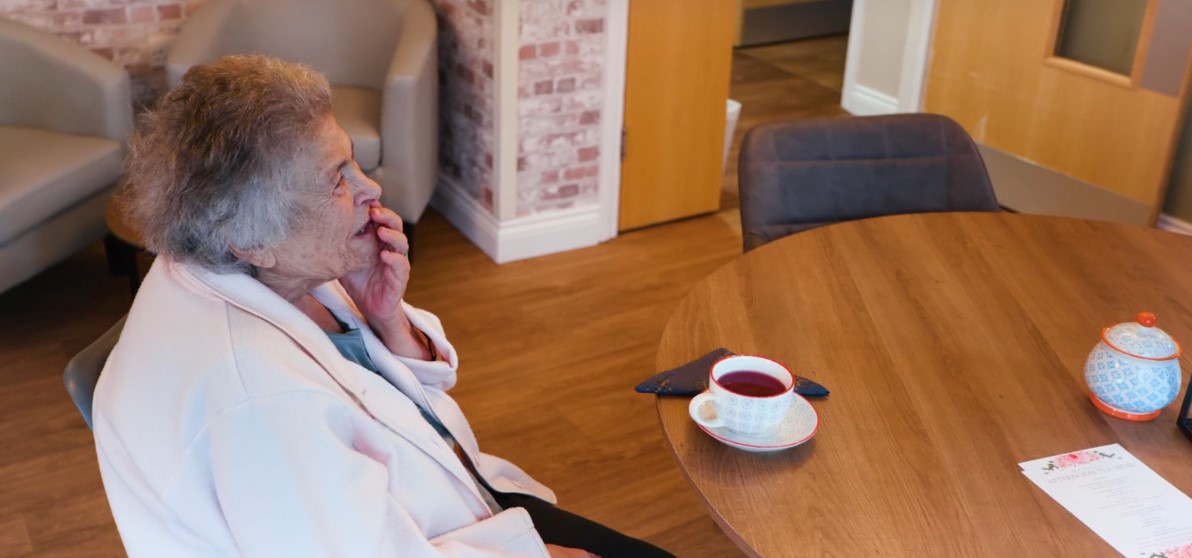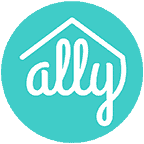
Restoring Control, Comfort and Dignity Through Trusted Monitoring at Azalea Court
Julie Burton, Head of Operations at Azalea Court, shares in detail how Azalea Court has transformed resident care and operational culture by implementing Ally Cares’ AI resident monitoring system. Through a clear pathway approach, the team has shifted from reactive responses to proactive, personalised care that enhances well-being, supports staff, and empowers residents to live healthier, happier lives. Below, Julie talks in her own words about how Ally has not only delivered measurable improvements but also sparked a broader shift in how care is understood and delivered across the home.
Another transformative impact of Ally at Azalea Court came through the experience of a resident with a tracheostomy. Understandably, she was anxious about sleeping with her bedroom door closed, fearing that in a moment of distress—if she needed suctioning—she wouldn’t be heard by staff in time.
This anxiety led to poor sleep quality, interrupted nights, and growing daytime fatigue. Her well-being was suffering not due to a clinical condition, but due to a lack of psychological safety. And it was here that Ally proved its worth—not just as a monitoring tool, but as a provider of reassurance.
Empowering with insight and confidence
We began using Ally to monitor sounds and signs of respiratory distress, including coughing or movement that might indicate she needed support. For this resident, the change was immediate—she could sleep with her door closed, confident that someone would still be alerted the moment she needed help.
Using our pathway model, we followed a clear process:
- Detection – Ally identified increased coughing episodes during early night hours.
- Alert – These were fed to our care team in real time.
- Assessment – The pattern was reviewed daily, confirming that suctioning was needed more regularly.
- Intervention – Staff scheduled additional suction checks based on sound alerts.
- Monitoring – With her door now closed, this resident slept better and felt more secure.
- Care plan adjustment – Her records were updated to reflect her new care preferences.
- Long-term monitoring – We continue to track her alerts, supporting earlier suction and avoiding escalation.
Outcomes that matter
The results were striking:
- Improved sleep quality
- Reduced anxiety about being left unattended
- Increased relaxation and energy during the day
- Enhanced privacy and dignity—by restoring her choice to close her door
- Fewer hospital admissions thanks to timely suction and secretion management
“This resident told us, ‘I finally feel safe at night.’ That’s when we knew Ally had done more than monitor—it had restored her confidence,” shares Julie.
Lessons for the whole team
This case taught us the power of emotional well-being in clinical care. Ally wasn’t just about detecting health events, it was about creating the conditions for peace of mind, independence, and dignity.
Importantly, Ally helped us honour this resident’s personal choices—a cornerstone of person-centred care. Staff also saw firsthand how technology could amplify their impact without replacing their judgment or care instincts.
Talk to us today to find out how we can help you to dramatically improve care outcomes for your residents.
